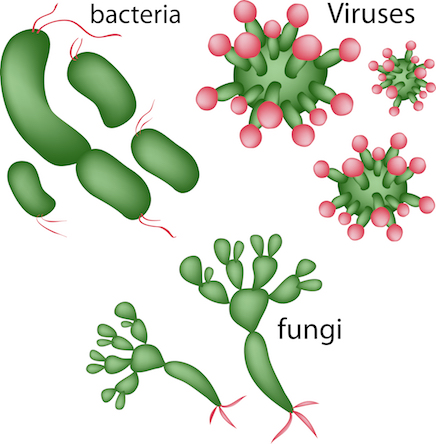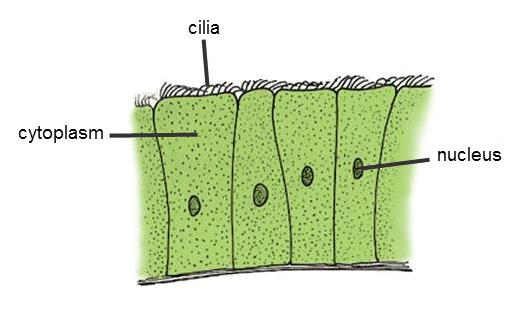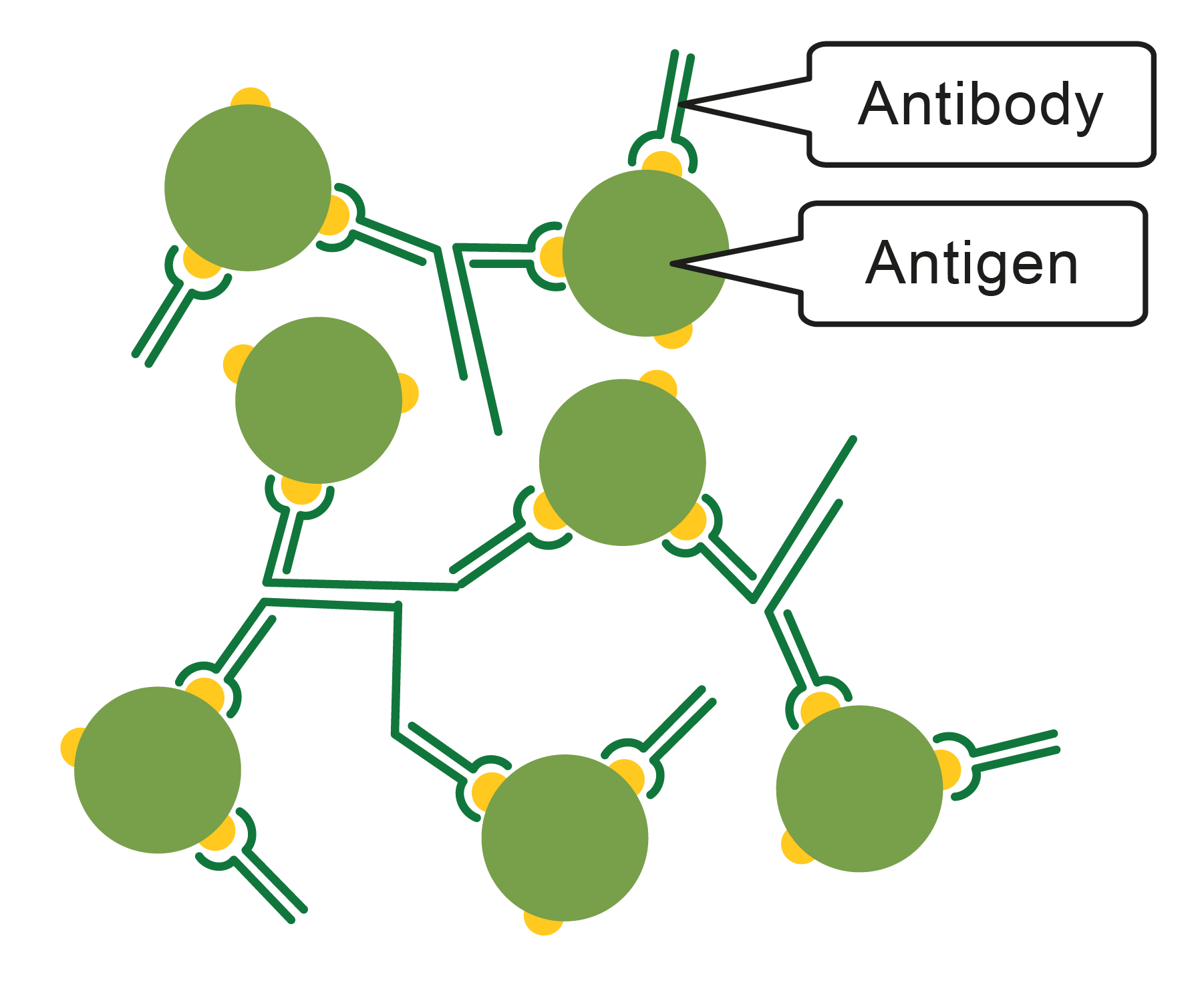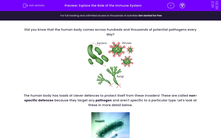Did you know that the human body comes across hundreds and thousands of potential pathogens every day?

The human body has loads of clever defences to protect itself from these invaders! These are called non-specific defences because they target any pathogen and aren't specific to a particular type. Let's look at these in more detail below.

The First Line of Defence:
Physical Defences
The first line of defence is the skin. The skin is very tough and it pretty much covers the whole body. A pathogen has to get past the skin in order to get inside the body where conditions are great for replication. It can do this in places such as a cut in the skin, for example. This is a physical barrier.
Another physical barrier is found in the nose. The hairs found in your nose help to trap any dust particles that may be a source of pathogens.

Mucus is another physical barrier. Mucus is produced by goblet cells found in the trachea and bronchi (the tubes that branch into the lungs). It’s thick and sticky and perfect for trapping pathogens. The trachea is lined with special cells called ciliated cells. These contain tiny hairs which move backwards and forwards. This moves mucus out of the airways into your mouth (ready to be spat out or swallowed), a bit like a broom sweeping up a mess!
Chemical Defences
If a pathogen is sneaky enough to get past all of these physical barriers, our body uses chemical barriers to further prevent infection. So what are these chemical barriers?

Enzymes called lysozymes in our eyes and saliva are an example of a chemical barrier. These enzymes are great at protecting us because they destroy any pathogen that tries to sneak in through our eyes or mouth.
Another example is the hydrochloric acid found in our stomach. This acid is very strong and can destroy pathogens that make their way to the stomach in food and drink. This is known as a chemical barrier.
So what happens if a pathogen gets past our first line of defence? This is where the immune system steps in - our second line of defence.
The Second Line of Defence:
The immune system is made up of different types of cells. One type of cell is called the white blood cell.

Pathogens get into the body through bypassing the body's first line of defence. Pathogen cells have markers on their surface called antigens. Each pathogen has different antigens. White blood cells called phagocytes recognise these foreign antigens and will engulf and destroy these pathogens. This process is called phagocytosis.
Other white blood cells called lymphocytes, make proteins called antibodies that fit the antigens of a pathogen like a puzzle. Antibodies neutralise pathogens in a number of ways:
They bind to pathogens' antigens and damage or destroy them.
They coat pathogens, clumping them together so that they are easily ingested by phagocytes.
They bind to the antigens of the pathogens and release chemical signals to attract more phagocytes.
Some pathogens will produce toxins that make you feel ill. Lymphocytes may also release antitoxins that will stick to the appropriate toxin and stop it damaging the body.
Immunity
If you get chickenpox when you’re young, you can’t get it again. Your body has developed an immunity to the disease.
After you have been infected with the chickenpox virus, some of the white blood cells that made antibodies against it stay in your blood. These are called memory lymphocytes.
If you’re infected again, the memory lymphocyte cells reproduce and make antibodies very quickly so your immune system responds much faster the second time.
Your body destroys the pathogen before it can make you ill.
In the following activity, you will explore how the body protects itself from disease.







